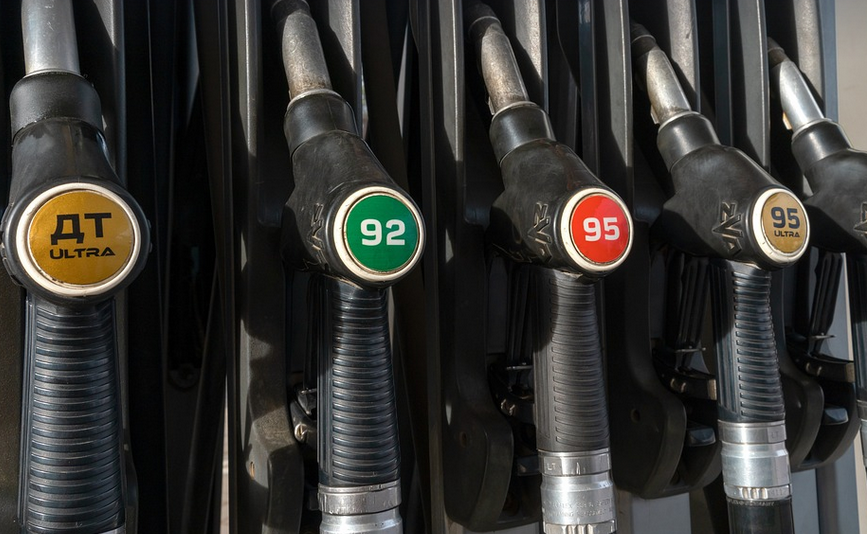Chapter 7 Trustee’s Report of No Distribution Explained
A Look at What This Means
Chapter 7 bankruptcy is a complex process, and for many people navigating it, the idea of “no distribution” can be both confusing and concerning. It means there’s no money coming from the case to settle your debts or pay off any outstanding claims against you.
The Chapter 7 trustee plays a crucial role in this process. They are like an impartial referee, ensuring that all creditors get their due, and for some individuals, that even involves distributing remaining funds among creditors who have legitimate claims. But sometimes, the final outcome sees no distribution at all.
Understanding Why “No Distribution” Occurs
So, why might a Chapter 7 trustee issue a “Report of No Distribution”? There are several reasons for this, and it’s important to understand these reasons so you can better navigate the process.
**1. Insufficient Assets:** This is one of the most common reasons. If there isn’t enough money left over after paying off debts and other legal expenses related to bankruptcy proceedings, then there won’t be any more funds available for distribution. Think of it like a car with an empty gas tank: there just isn’t anything extra to give out.
**2. Estate Value:** The total value of the assets in a Chapter 7 bankruptcy case will directly impact how much, if anything, can be distributed. If these assets are worth significantly less than what is owed in debts, then no distribution may be possible. This can happen even if there’s a lot of equity in housing or other valuable assets.
**3. Unforeseen Expenses:** Sometimes unforeseen expenses pop up during the bankruptcy process. These could include legal fees that are higher than anticipated, or unexpected costs for property sales. These types of expenses can impact how much money is left over for distribution after debts and court fees are settled.
**4. Claims Exceeding Assets:** It’s possible that there might be more claims on the debtor’s assets than those assets themselves have to give. These claims, regardless of their legitimacy or validity, will ultimately impact what can be distributed. This is a complex area and requires a thorough understanding of bankruptcy law.
**5. Secured Debts:** If there are secured debts (debts where the debtor pledged personal property as collateral), then the trustee might have to sell these assets in order to satisfy creditors. If the proceeds from those sales aren’t sufficient to cover all debt, there will likely be no distribution.
The Importance of Understanding This Report
When you receive a “Report of No Distribution” from your trustee, it’s vital to know what this means for your financial situation. Here are some key points:
**1. It doesn’t mean you will be left bankrupt:** The bankruptcy process is often designed to help people get back on their feet financially. The “no distribution” report does not mean that the case has been dismissed, and your financial situation might still require further attention after filing.
**2. It’s an opportunity for a legal review:** If you received this report and are unsure about its implications, consult with your bankruptcy attorney or a qualified legal professional to understand how it impacts your individual case.
Moving Forward: What You Should Do
Receiving a “Report of No Distribution” can feel like a setback; however, it is important to remember that this is just one step in the process. Here are some steps you can take:
**1. Review the Report:** Carefully read through the trustee’s report for details about why no distribution occurred. This will give you better clarity and help you understand any potential next steps.
**2. Work with Your Attorney:** Ensure your attorney understands your specific situation and can advise you on the best course of action going forward. They can also answer any questions you may have about the report.
**3. Focus on Recovery:** While navigating bankruptcy, it’s essential to focus on rebuilding your financial stability as a priority. Consider exploring options for managing debt and credit, starting with budgeting strategies to ensure responsible spending habits in the future.
We hope this provides you with a comprehensive understanding of “Chapter 7 Trustee’s Report of No Distribution.” Remember, it’s always best to seek legal advice from qualified professionals when dealing with bankruptcy situations. Please feel free to contact me if you have any more questions about this process!
